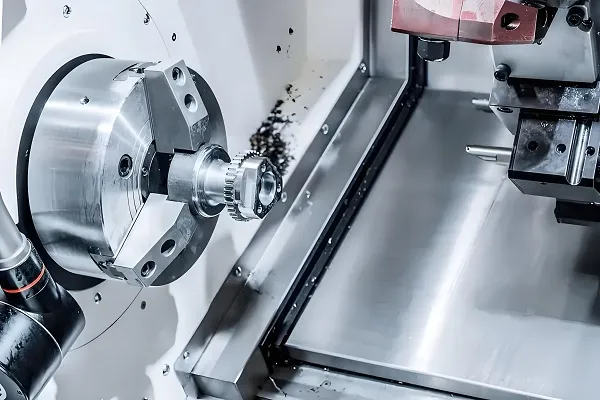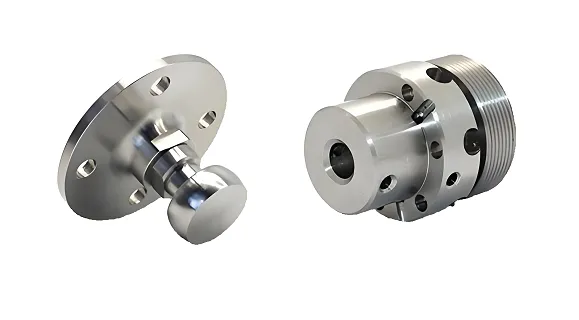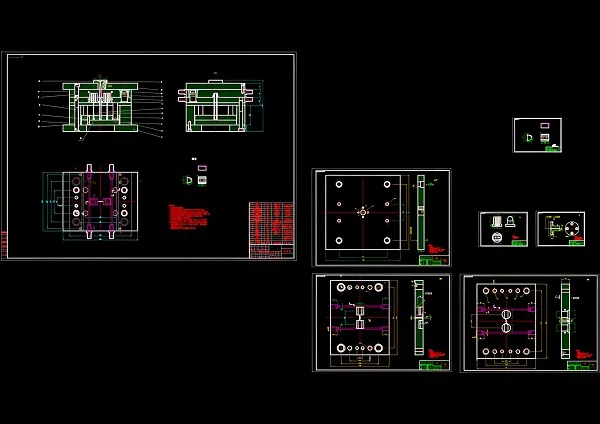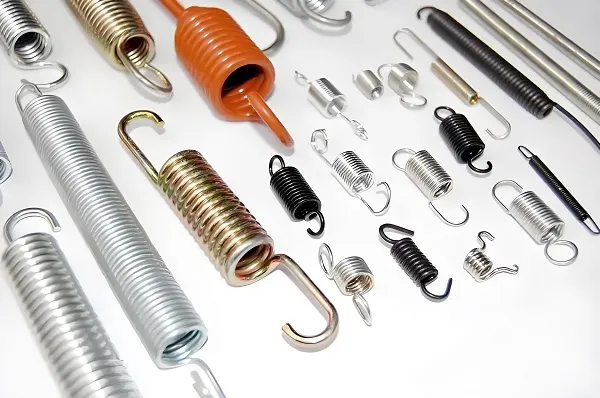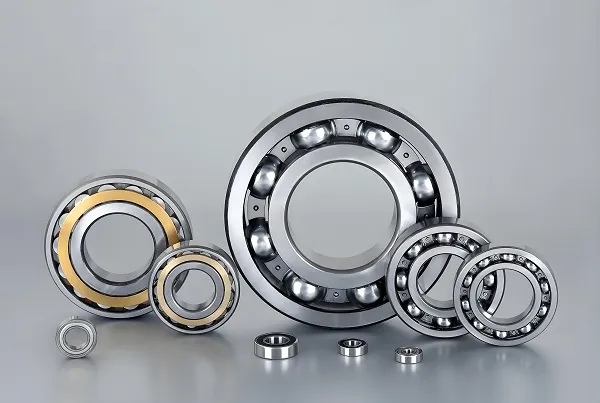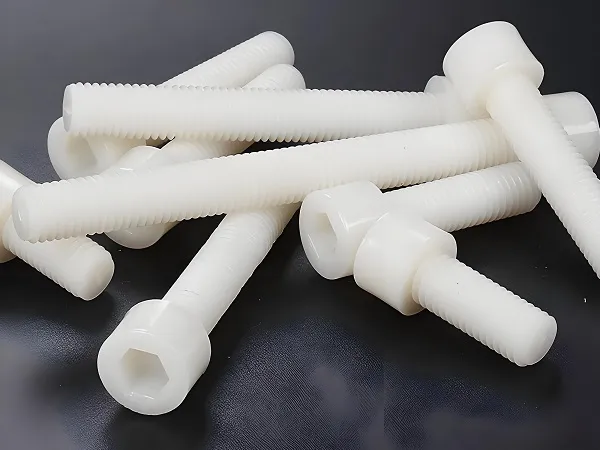In modern manufacturing, CNC (Computer Numerical Control) processing technology plays a vital role in the production of plastic parts. CNC plastic parts are widely used in many fields, from electronic equipment to automotive manufacturing, from the medical industry to aerospace, due to their high precision, ability to achieve complex shapes, and excellent surface quality.
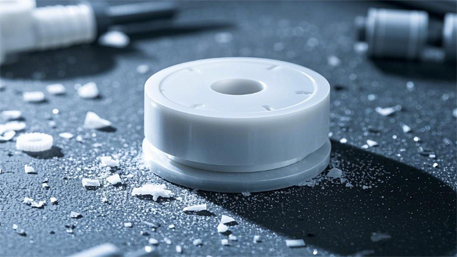
I. Advantages of CNC Processing Plastic Parts
High precision and consistency: CNC machine tools can achieve extremely precise dimensional control, ensuring that each plastic part meets strict tolerance requirements, thereby guaranteeing the consistency and reliability of the product. For example, high-precision machining centers such as Yasda machining centers have positioning accuracy and machining accuracy up to 0.002um.
Complex shape processing ability: Whether it’s the internal cavity structure or the external complex curved surface, CNC processing can handle it easily, allowing the designer’s creativity to be perfectly presented.
Good surface quality: By carefully selecting tools and optimizing processing parameters, a smooth and flawless surface of plastic parts can be obtained, reducing the need for subsequent processing.
II. Common Plastic Material Choices
Acrylic (PMMA): It has good transparency and weather resistance, and is often used in manufacturing optical components and display shelves.
Nylon (PA): It has high strength and wear resistance, and is suitable for mechanical parts and moving components.
Polycarbonate (PC): It has excellent impact strength and heat resistance, and is widely used in electronic enclosures and protective components.
III. CNC Processing Process
Design and programming: First, conduct 3D design according to the requirements of the parts, and use specialized CAM (Computer Aided Manufacturing) software to generate the processing program.
Material preparation: Select the appropriate plastic sheet or rod, and perform cutting and pretreatment to ensure the size and shape meet the processing requirements.
Clamping and positioning: Secure the plastic material firmly on the machine tool worktable to ensure it does not move during the processing.
Processing operation: The machine tool cuts the plastic through the rotation and movement of the tool according to the preset program, gradually forming the shape of the part.
Spindle speed: Different plastic materials and processing requirements require matching different spindle speeds. For example, the spindle speed of the Japanese Yasda machining center can reach 40,000 – 80,000 RPM. When processing polytetrafluoroethylene, due to its material characteristics, a lower speed is often used. For example, the NAKANISHI high-speed electric spindle installed on the CNC lathe has a speed of about 60,000 rpm.
Tool parameters:
Tool material: Common ones include high-speed steel, cemented carbide, diamond, etc. For example, high-speed steel or cemented carbide tools can be selected for processing general plastics, while diamond
tools are suitable for processing harder and impact-resistant composite materials such as fiberglass.
Tool geometric parameters: Include rake angle, relief angle, main deflection angle, secondary deflection angle, tip arc radius, etc. For example, when processing plastics such as polyolefin and polytetrafluoroethylene, the rake angle of the turning tool can be selected from 0° – 15°, and the relief angle can be selected from 15° – 30°. When processing polycarbonate, the rake angle can be selected from 0° – 10°, and the relief angle can be selected from 2° – 5°. Reducing the main and secondary deflection angles and increasing the tip arc radius can improve the heat dissipation conditions of the tool, but it is necessary to pay attention to avoiding the deformation of the plastic part.
Number of tool edges: The number of tool edges also affects the processing efficiency and quality. Generally, single-edge or multi-edge tools can be selected according to specific processing requirements and material characteristics.
Cutting parameters:
Cutting speed: The cutting speeds of different plastic materials vary greatly. For example, the cutting speed of polyoxymethylene is 120 – 180m/min, polycarbonate is 150 – 300m/min, and polytetrafluoroethylene is 90 – 225m/min. In actual processing, factors such as tool material, tool diameter, and machine tool performance also need to be comprehensively considered to determine the optimal cutting speed.
Feed rate: The feed rate is generally determined according to factors such as cutting speed, number of tool teeth, and cutting depth. For example, the feed rate of acetal is usually within the range of 0.1 – 0.5 mm/rev.
Cutting depth: The selection of cutting depth should be moderate to avoid excessive cutting at one time, resulting in excessive load on the tool and material damage. For harder plastics, the cutting depth should be smaller; while for softer plastics, the cutting depth can be appropriately increased, but it is also necessary to prevent the plastic part from deforming.
Cooling and lubrication parameters:
Cooling method: Due to the small heat capacity and poor thermal conductivity of plastics, coolants are often used to reduce the temperature during the processing. Compressed air is generally used as the coolant, and emulsions or cutting oils are also used in some cases.
Cutting fluid pressure and flow rate: Appropriate increase in cutting fluid pressure and flow rate can improve the cooling effect, but too high pressure will cause the coolant to splash out, and too large flow rate may cause waste and environmental pollution. For example, in the processing of acetal, the cutting fluid pressure is generally controlled within the range of 3 – 5 bar, and the flow rate is controlled within an appropriate range to ensure sufficient cooling effect.
Quality inspection: After processing, use measuring tools and inspection equipment to inspect the size, shape and surface quality of the parts to ensure they meet the design standards.
IV. Process Optimization and Challenges
In order to improve processing efficiency and quality, it is necessary to continuously optimize process parameters such as cutting speed, feed rate and cutting depth. At the same time, it is also necessary to pay attention to the characteristics of plastic materials, such as the coefficient of thermal expansion and the chip removal problem during cutting, to avoid processing defects.
In addition, during the processing, it is also necessary to solve problems such as the stickiness and easy deformation of plastics, which may require the adoption of special cooling methods and tool geometries.
V. Future Development Trends
With the continuous advancement of technology, CNC processing of plastic parts will develop towards higher precision, more complex shapes and more efficient production. At the same time, the combination with emerging technologies such as 3D printing will also bring more possibilities for the manufacturing of plastic parts.
In conclusion, CNC plastic parts processing is a technology full of challenges and opportunities. It provides high-quality and high-performance plastic parts solutions for various industries, promoting continuous innovation and development in the manufacturing industry.

